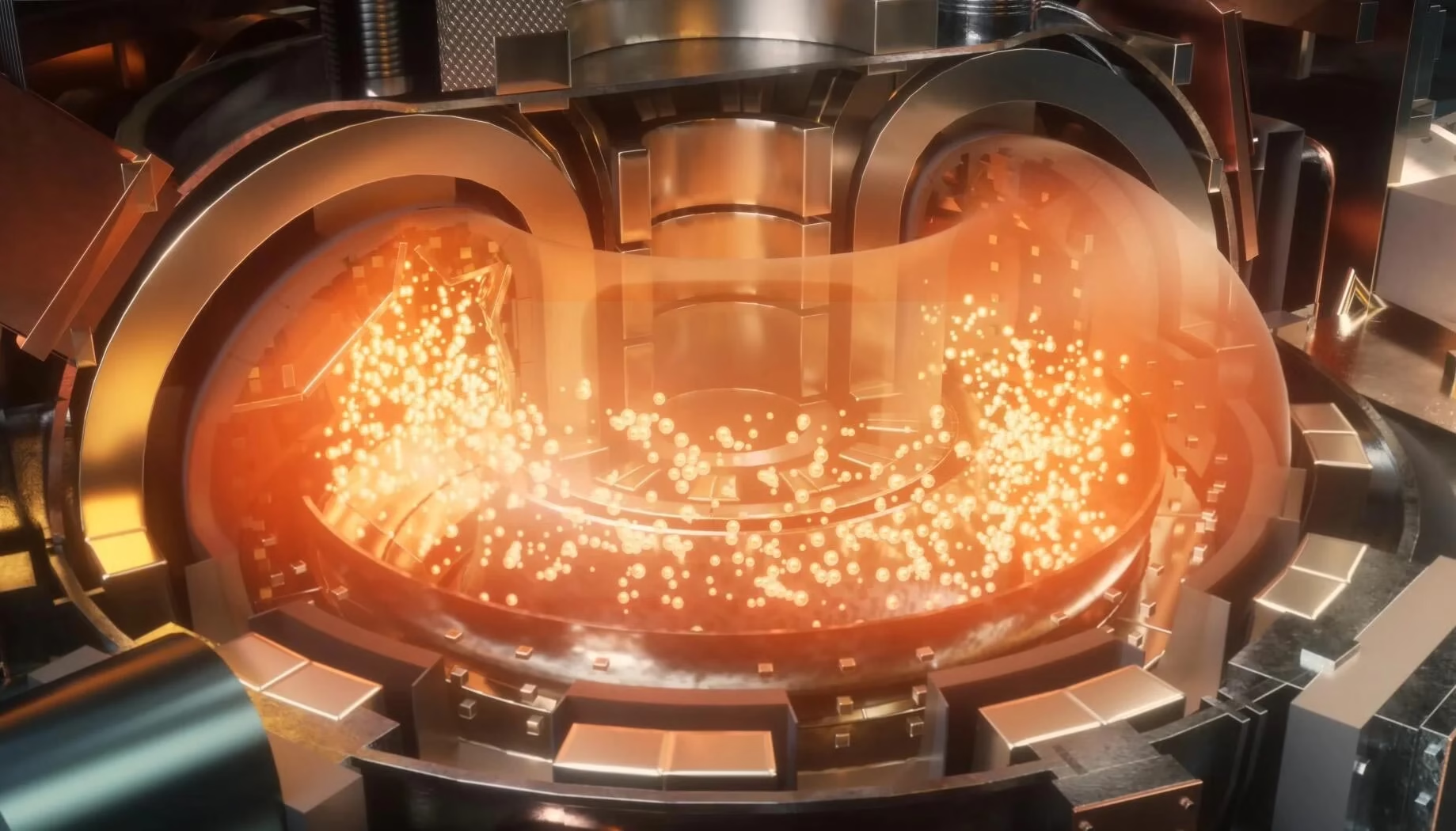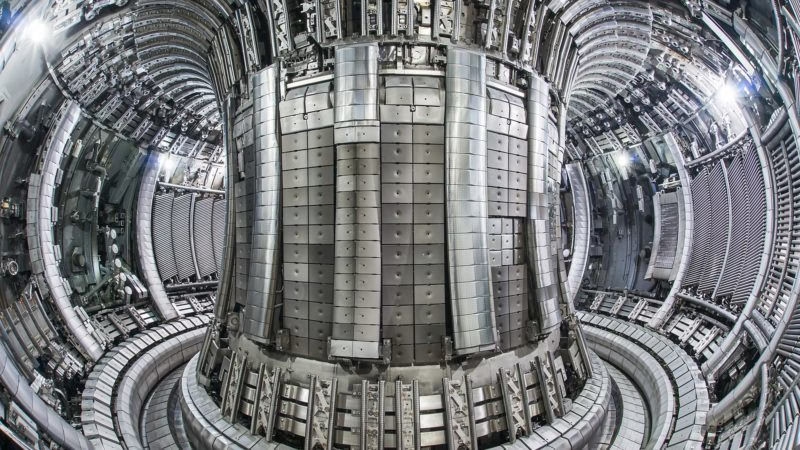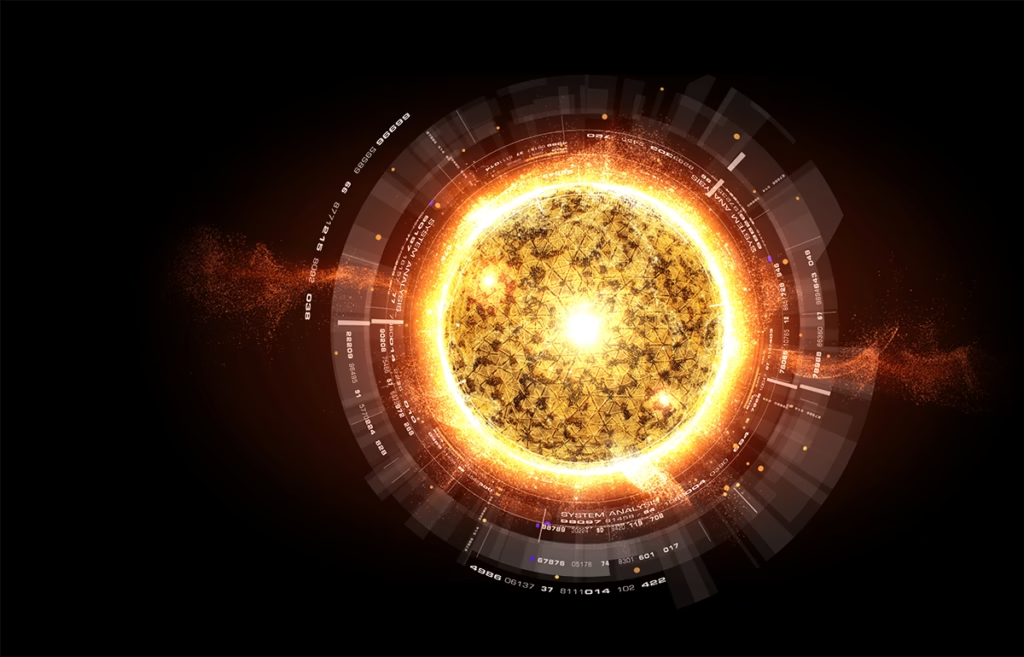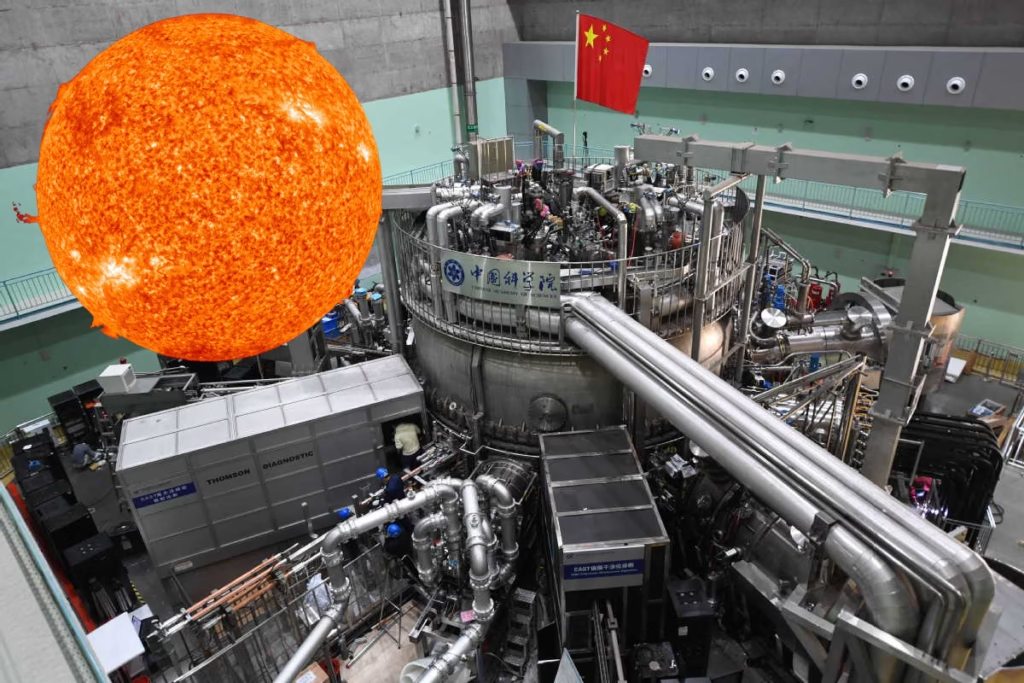The Creation of “an Artificial Sun”, A Step Towards Unlimited Clean Energy!

Imagine harnessing the power of the sun, but right here on Earth. Sounds like science fiction? Well, it’s becoming reality. Scientists in southern France have achieved a remarkable feat: they’ve managed to create an ‘artificial sun.’ This breakthrough could potentially change the future of energy forever!
What’s the Big Deal About This Artificial Sun?
On February 12, 2025, the French Atomic Energy and Alternative Energies Commission’s WEST reactor made history. The reactor successfully maintained plasma for more than 22 minutes. But what exactly does this mean?
In simple terms, the scientists were able to replicate the chemical reactions that power our very own sun. This groundbreaking process could lead to an almost unlimited source of clean energy for humanity—forever! And it gets better: this energy source won’t produce hazardous waste, unlike traditional nuclear power plants. Plus, it won’t emit harmful pollutants like fossil fuels do.
The Science Behind the ‘Artificial Sun’
To understand how an artificial sun works, we need to first know how the real sun generates energy. The sun’s power comes from a process called nuclear fusion, where atomic nuclei combine to release enormous amounts of energy. This is the process the scientists are attempting to replicate on Earth.
Now, the WEST reactor is designed to achieve this through hydrogen isotopes. A single gram of hydrogen can generate as much energy as 11 tonnes of coal. That’s a huge energy payoff for something so small!

Plasma: The Key to Creating an Artificial Sun
One of the most important components of this technology is plasma. Plasma is the fourth state of matter, beyond solid, liquid, and gas. To create the artificial sun, two fuels—deuterium and tritium—are heated to mind-blowing temperatures, over 50 million degrees Celsius. At these extreme temperatures, the gases turn into plasma.
The real challenge here is to keep this plasma from cooling down and turning back into gas. If the plasma breaks apart, the fusion process will stop. So, the scientists need to carefully maintain the plasma’s stability and temperature for long enough to generate energy.
Why Does It Matter for the Future?
The potential of this technology is immense. If scientists can master nuclear fusion, we could have access to a nearly limitless and clean energy source. This means that we wouldn’t have to rely on polluting energy sources like coal, oil, or even current nuclear fission reactors, which produce dangerous waste.

Moreover, a fusion reactor wouldn’t create harmful emissions like fossil fuels do. Imagine a world where energy is abundant, sustainable, and doesn’t harm the planet!
Achieving This Breakthrough: 80 Years in the Making
This isn’t a new idea. Scientists have been working on nuclear fusion for more than 80 years, trying to recreate the process that powers the sun. The French team’s achievement with the WEST reactor is a major milestone in this long journey.
According to Anne-Isabelle Etienvre, the Director of Fundamental Research at the French Alternative Energies and Atomic Energy Commission, this success is just the beginning. She says, “WEST has achieved a new key technological milestone by maintaining hydrogen plasma for more than twenty minutes through the injection of 2 MW of heating power. Experiments will continue with increased power.”
So, this achievement sets the stage for even more exciting experiments to come. Scientists are already planning to increase the power and duration of the plasma to make the process even more efficient.

What’s Next?
With this new world record, the dream of nuclear fusion as a viable energy source is closer than ever. It’s a huge step forward in the quest for clean and unlimited energy. But the journey isn’t over yet. More research and experiments will be necessary before we can fully harness the power of an artificial sun.
Conclusion: A Bright Future Ahead
The creation of an artificial sun isn’t just a scientific achievement; it could be a game-changer for the future of energy on Earth. With further advancements, we could be on the brink of a new era—one where energy is both limitless and clean. If the scientists succeed, this ‘artificial sun’ could light up the world, just like our natural sun does, but without any of the environmental drawbacks. The future is indeed bright!






